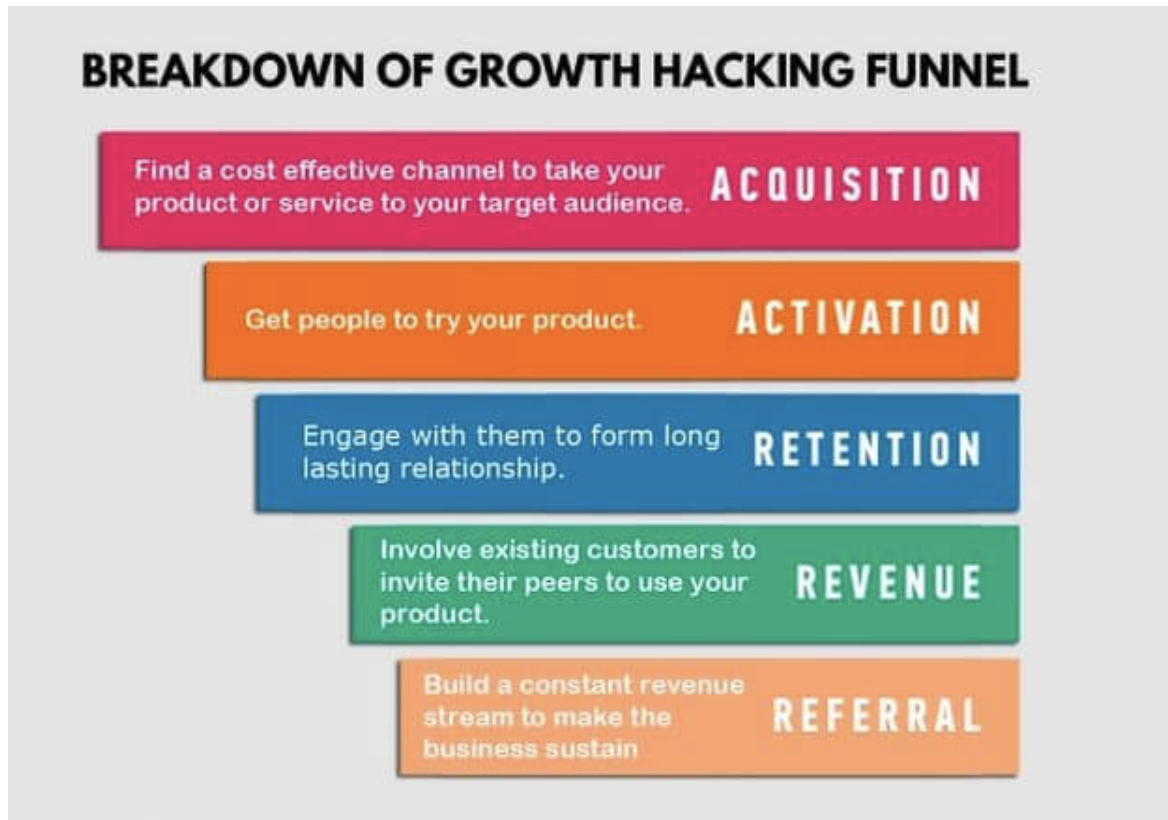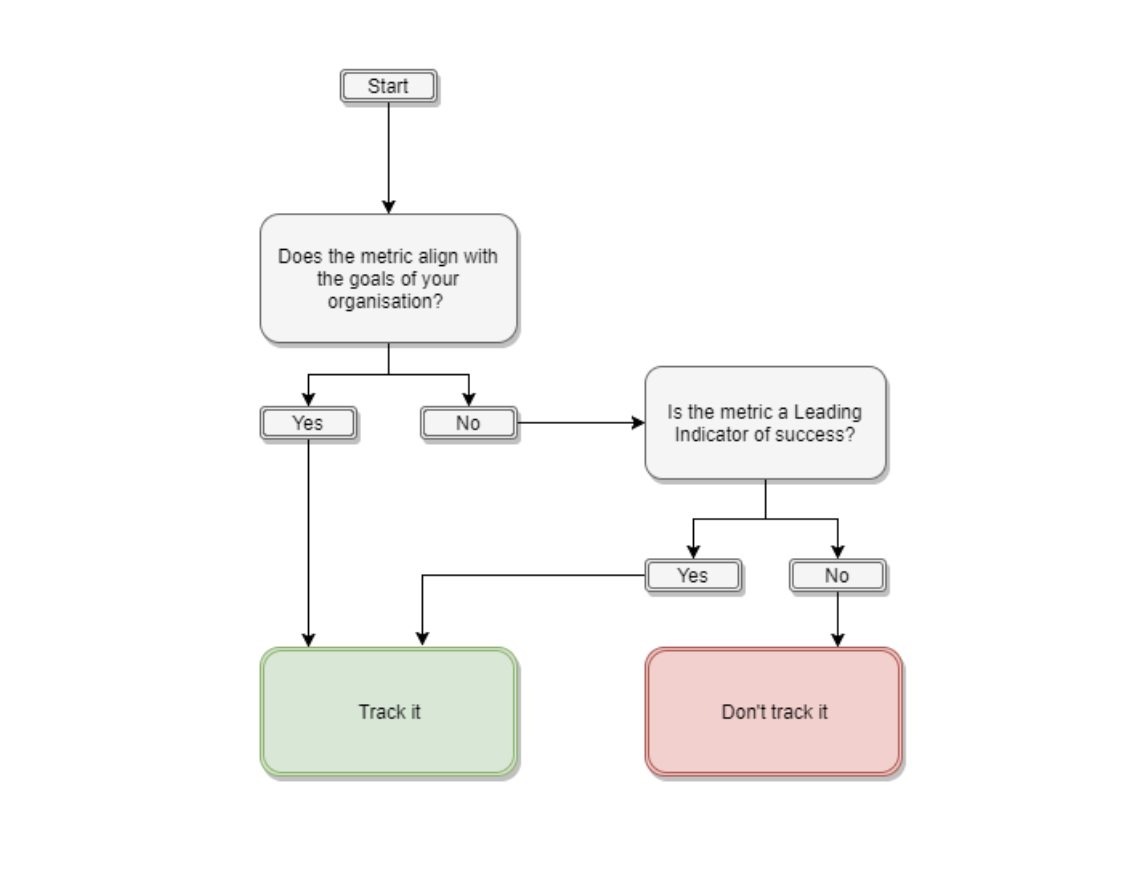Growth marketing is a holistic approach to marketing.
Where marketing once focused on one, singular activity—a televised ad campaign, a slot on the radio, a magazine ad — these days, marketing is a collection of moving parts.
It’s a combination of the creative stuff—the catchy social media posts and articles, advertisements, and interactive videos. It’s also a science—setting a baseline, developing goals, and measuring the results.
Now we get it, growth marketing might be a new concept.
Here, we’ll look at the what, the why, and the how of growth marketing.
Read on to learn more.
Growth Marketing, Defined
Growth hacking has become something of a buzzy term. It’s an oft-used job title featured prominently on the likes of AngelList. And, granted it sounds a little more exciting than, say, “digital marketer.”
By definition, growth marketing is the use of data to grow your business and connect with your audience. It’s not limited to any particular channel and relies on the cooperation of multiple departments for success.
Growth marketing, at the core is all about strategy.
While growth marketing might seem like its primary goal is to attract new customers, that’s not the full picture. What differentiates this strategy from say, direct sales is, the complex system behind it.
You’ll need to optimize your funnel while nurturing customers at every stage. So, it’s about attracting customers and keeping them around.
Growth marketers must know the ins and outs of the funnel and the data behind it. This allows them to find the perfect messaging for each group, removing barriers to entry.
Growth Marketing is Cross-Everything
While much of the growth marketing function lies in the constant experimentation, the other key ingredients are the cross-department, channel, and funnel approach.
Growth marketers know the importance of working with sales to understand customer objections. A growth marketer might work on landing pages and talking to new leads from Facebook in the morning, and spend the second half of the day brainstorming new ways to boost the average order value.
What growth marketing is not—is throwing everything at the wall and failing to measure.
So, you might be doing a lot at once; running an email marketing campaign, a Facebook ad, and a series of Instagram stories, but each effort is tied to a goal.
If the Facebook ads didn’t work as well, you’ll need to measure them against your other efforts—it might not be your best channel.
On the other hand, you might uncover new data that suggests your segmentation was slightly off.
Some tactics you might use:
- SEO
- PR
- Paid advertising
- Social media marketing
- Content marketing
- Email marketing
Getting Started
Understand the Customer Journey
In growth marketing, understanding the customer involves a call back to buyer personas. We’ve covered this before, but knowing your customer is the starting point for any marketing effort.
The second thing we should mention is, you’ll need to understand how those personas interact with your content at every phase in the customer journey.
It also means you need to know your funnel from top to bottom, inside and out. A quick reminder, here are the three phases in the customer journey:
- Awareness
- Consideration
- Conversion
If you’re approaching this with a growth mindset, the funnel looks more like this:
- Acquisition
- Activation
- Retention
- Revenue
- Referral
This version of the funnel is also known as the “pirate funnel.” AARRR, get it? Anyway, the growth funnel is like the customer journey, but adds on a couple of extra steps. It’s a nice reminder that the work isn’t done after the initial conversion. You’ll still need to think about loyalty and retention, which are bigger sources of revenue.
Design for Conversion
At the base level, a conversion-ready site has a great design, copywriting, and efficient usability.
Your growth marketing starting point is making sure all of these elements are in place before you try to get people to visit.
Hire an editor to look at content and copy. Run some live user tests—UserTesting is a good resource for this as you pay for a package of tests, not an ongoing subscription.
Ask for feedback on design and usability. You can get this from a user testing session or ask existing users to take a survey.
Additionally:
- Make sure new visitors are able to find the information they need
- Add social proof—reviews, testimonials, case studies where you name the company you worked with
- Know how people interact with the site
- Make sure contact information is clearly presented
- Avoid excessive text
Don’t Ignore Webinars or Interactive Content
We’ve mentioned that a content strategy is essential to growth marketing. That doesn’t mean your only option is cranking out blog posts and social media content.
Don’t discount the power of a webinar, online course, or things like surveys and requests for feedback.
Webinars are in huge demand—they’re an opportunity to share your knowledge with people who care.
Surveys, polls and such take little time to create and give your audience an easy way to interact with you.
Pick Your Socials Wisely
Above we mentioned that growth marketing is all about bringing together multiple strategies, it doesn’t need you to spread yourself too thin by trying to build a presence everywhere at one time.
B2B companies benefit most from using LinkedIn. Retailers in fashion or food clean up on Instagram and Facebook. Twitter remains a great way to promote your content to a wider audience.
Social media should involve a mix of organic efforts and carefully executed paid campaigns.
Growth Hacking — Setting Goals for Growth
Rather than spending all of your energy in one place, a growth hacking team is all about setting short-term, actionable goals.
These short sprints can include things like:
- Generating X amount of leads from one piece of gated content
- Growing blog traffic by a certain percentage
- Driving X amount of visitors to a landing page for a new product
These snack-sized goals should have a specific amount of time attached, and you’ll need to know where you stand before launching these mini-campaigns.
- So—how many visitors are you getting each month?
- How many visitors check out your blog each month—where do they typically find you?
- How will you promote that landing page?
Measurement
Even after you’ve set some clear goals, it can be difficult to decide what to measure.
Your KPIs are often tied to a conversion, which qualifies as a desired interaction someone has with your site. It could be downloading an ebook, buying a product, or upgrading a subscription.
Don’t measure things you can’t change or things that don’t relate to conversions. When in doubt, reference the simple chart below.
Another thing to keep in mind is that success varies by channel. Where social media success is determined by followers and engagements, PPC is more directly tied to the actual sale or signup.
Some things to measure:
Sales
- Total revenue
- Growth percentage compared to last month/quarter/year
- Conversion rates
- Average order
Social Media Engagement
- Likes
- Comments
- New followers
- Follower change
- Opt-ins
- Traffic to website
- Shares
Website Traffic
- Sessions
- Unique visitors
- Time spent on site or specific pages
- Number of page views
- Bounce rate
New Customers
- Number of new customers added over a defined period
- Cost per acquisition
- Lead-to-conversion ratio
Customer Lifetime Value
- Repeat customers
- Customers who upgrade
- Lifetime spend
Lead Generation
- How many new leads
- Cost per lead
- Conversions
- Compare lead generation results to another timeframe
Test, Record, and Start it All Again
Now that you’ve come up with some goals and ways to measure them, you’ll want to do some testing on those results.
The goal is to see how customers are responding—or not—to each of your efforts.
A/B test your landing pages and see if you can improve upon your results. Play around with CTAs, button placement, the headlines you use on paid ads.
The second thing is that you’ll want to look for holes in your funnel. Is there anywhere that customers are falling through the cracks?
You can identify leaks by seeing where visitors are dropping off. Test those points by A/B testing the pages that seem to be making people leave.
This repairing process is an ongoing effort. But, the main takeaway here is— identify the issue, try something new, measure, repeat.
Whether you’re updating a blog post, a brochure, or playing with PPC copy, there’s always room for improvement. Click To TweetWrapping Up
In the end, we understand that becoming a growth hacking pro will take practice, time, and lots of testing.
If you need help implementing the process, Tall Cube is happy to help. We take a growth approach with all of our clients, using data to inform your marketing and advertising strategy.



